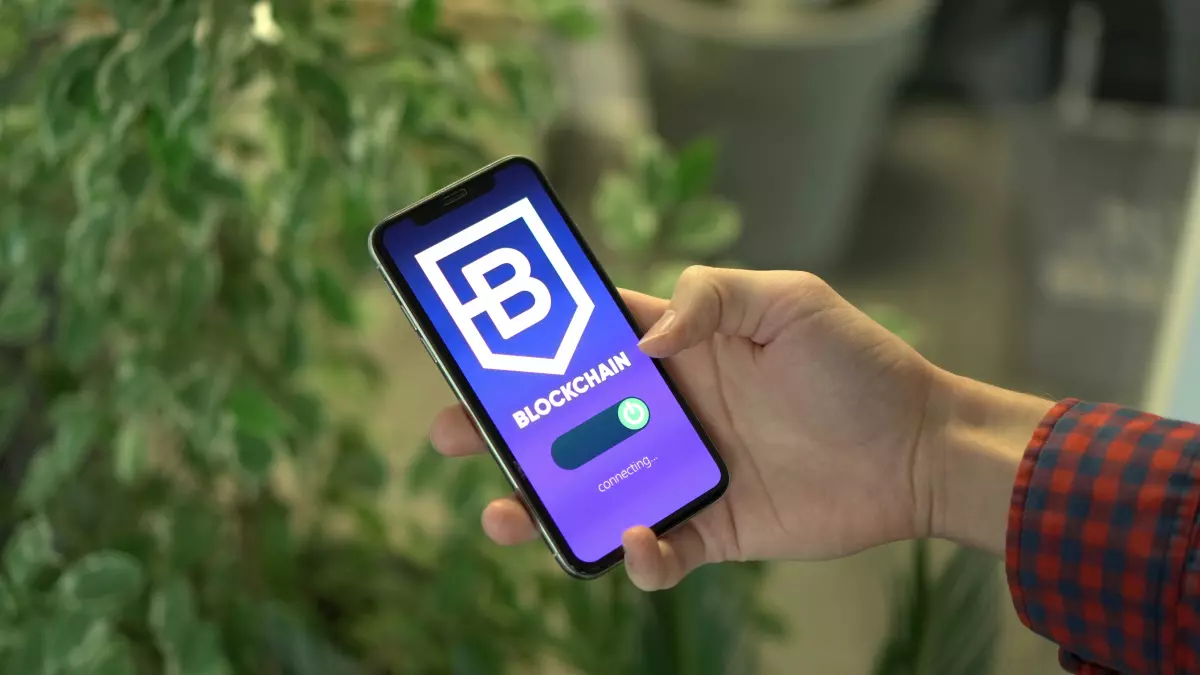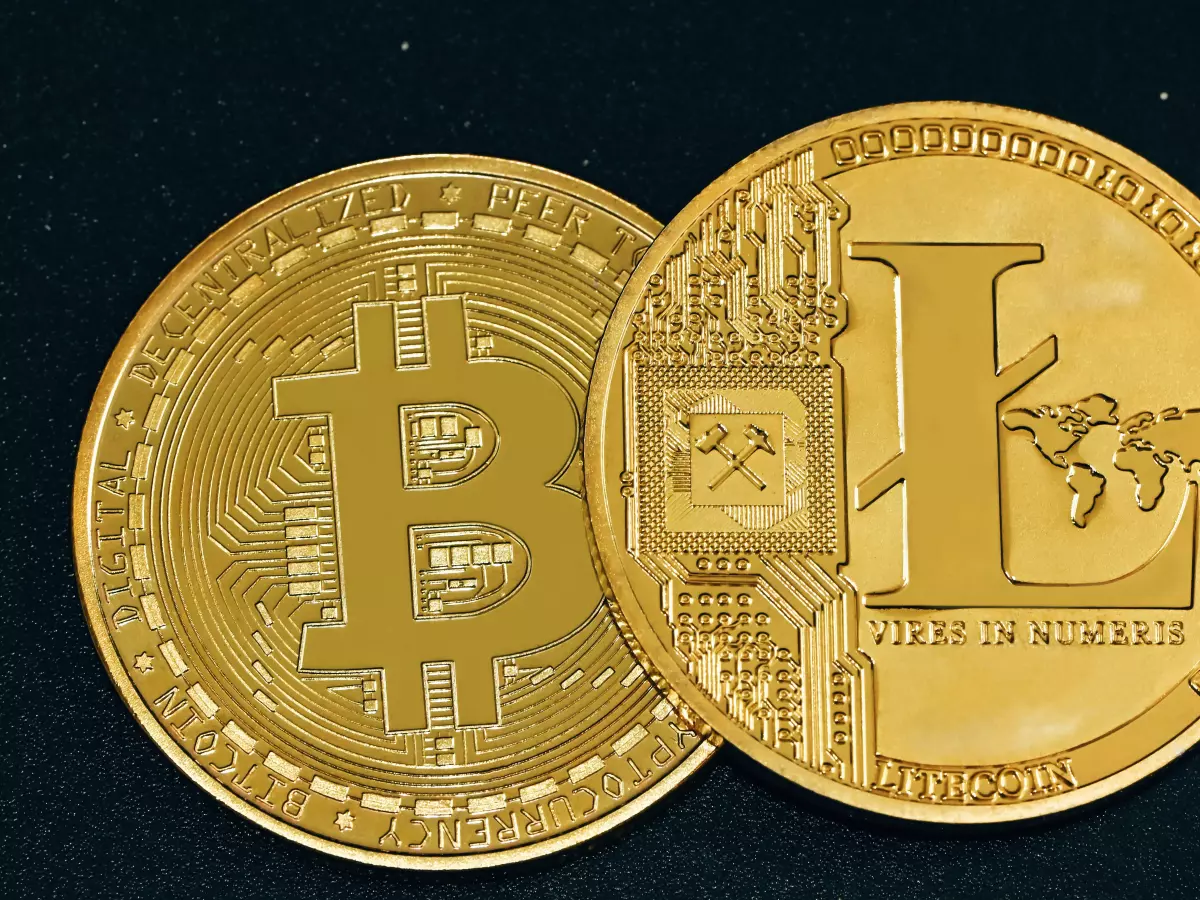Tokenized Finance
Visa and BitGo are both diving into the world of tokenized assets, but their approaches couldn’t be more different.

By Laura Mendes
On one hand, we have Visa, a global payments giant, launching its Visa Tokenized Asset Platform (VTAP) to help banks explore blockchain and smart contracts. On the other, BitGo, a company already entrenched in the crypto space, is rolling out a unified platform for digital asset management and compliance. Both are making big moves, but their end goals seem to diverge.
Visa’s VTAP is all about bringing traditional finance into the blockchain world. By tokenizing fiat-backed assets, Visa aims to help banks and financial institutions dip their toes into the world of blockchain without going full crypto. It’s like offering a blockchain-lite experience, where banks can use tokens backed by real-world currencies, but still benefit from the efficiency and transparency of blockchain technology.
BitGo, on the other hand, is already deep in the Web3 trenches. Their platform is designed for protocols like Worldcoin and Sui, which are already operating in the decentralized world. BitGo’s focus is on compliance and management, ensuring that these protocols can operate smoothly while adhering to regulations. It’s a more advanced, crypto-native solution compared to Visa’s more cautious, bank-friendly approach.
Why Tokenization Matters
So, why is everyone suddenly so obsessed with tokenization? Well, tokenization is essentially the process of converting real-world assets into digital tokens that can be traded on a blockchain. These tokens can represent anything from currencies to real estate, and they bring a few key benefits to the table. First, they increase liquidity—meaning assets can be traded more easily. Second, they offer greater transparency, as blockchain technology allows for a clear and immutable record of transactions.
Visa’s move into tokenization is particularly interesting because it signals that traditional financial institutions are starting to see the value in blockchain technology. By offering a platform that tokenizes fiat-backed assets, Visa is providing a bridge between the old world of finance and the new world of blockchain. It’s a cautious step, but a significant one nonetheless.
BitGo’s Crypto-Native Approach
BitGo, on the other hand, is already fully immersed in the crypto world. Their platform is designed for Web3 protocols, which are decentralized applications that run on blockchain technology. These protocols are already using tokenized assets, but they need a way to manage them securely and comply with regulations. That’s where BitGo comes in. By offering a unified platform for asset management and compliance, BitGo is helping these protocols operate more efficiently and securely.
BitGo’s platform is already being used by major players like Worldcoin and Sui, and the company is also the custodian for the US Spot Bitcoin and Ethereum ETFs from 21Shares. In other words, BitGo is already a key player in the crypto world, and their new platform only solidifies their position.
The Future of Tokenized Assets
So, what does the future hold for tokenized assets? Well, it’s clear that both traditional financial institutions and crypto-native companies see the value in tokenization. Visa’s VTAP is likely to appeal to banks and financial institutions that want to explore blockchain technology without fully committing to crypto. BitGo’s platform, on the other hand, is designed for companies that are already operating in the decentralized world and need a way to manage their assets securely.
In the long run, we’re likely to see more and more assets being tokenized, whether they’re fiat-backed currencies or digital-native tokens. Tokenization offers a way to increase liquidity, improve transparency, and streamline transactions, all of which are appealing to both traditional finance and the crypto world.
For now, Visa and BitGo are taking different approaches to tokenization, but both are contributing to the same goal: bringing the benefits of blockchain technology to a wider audience. Whether you’re a bank looking to explore blockchain or a Web3 protocol in need of asset management, there’s a tokenized solution out there for you.
In the end, the key to success in this space will be finding the right balance between innovation and compliance. Visa’s cautious approach may appeal to traditional financial institutions, while BitGo’s crypto-native platform is perfect for those already operating in the decentralized world. Either way, tokenization is here to stay, and it’s going to change the way we think about finance.





